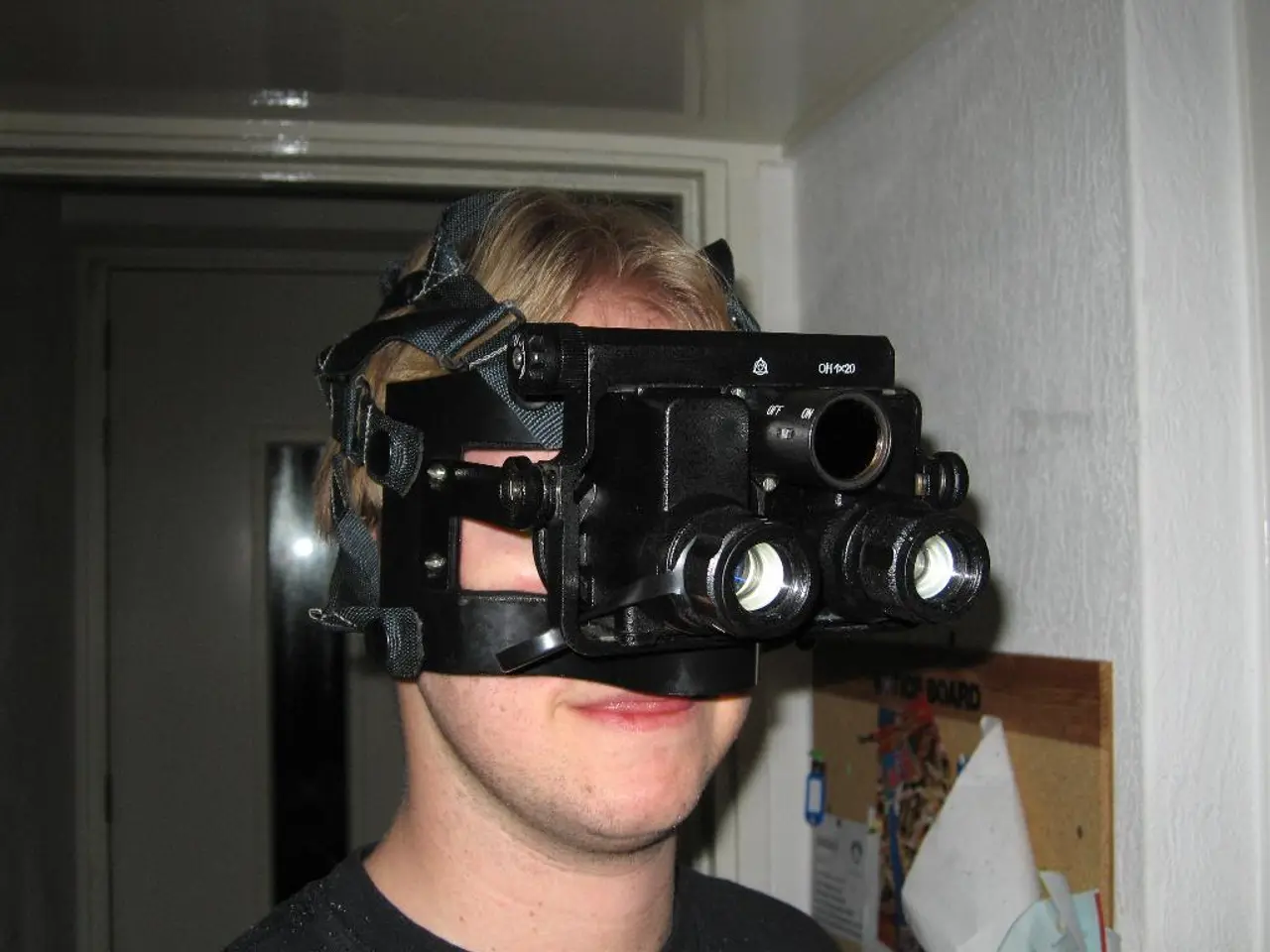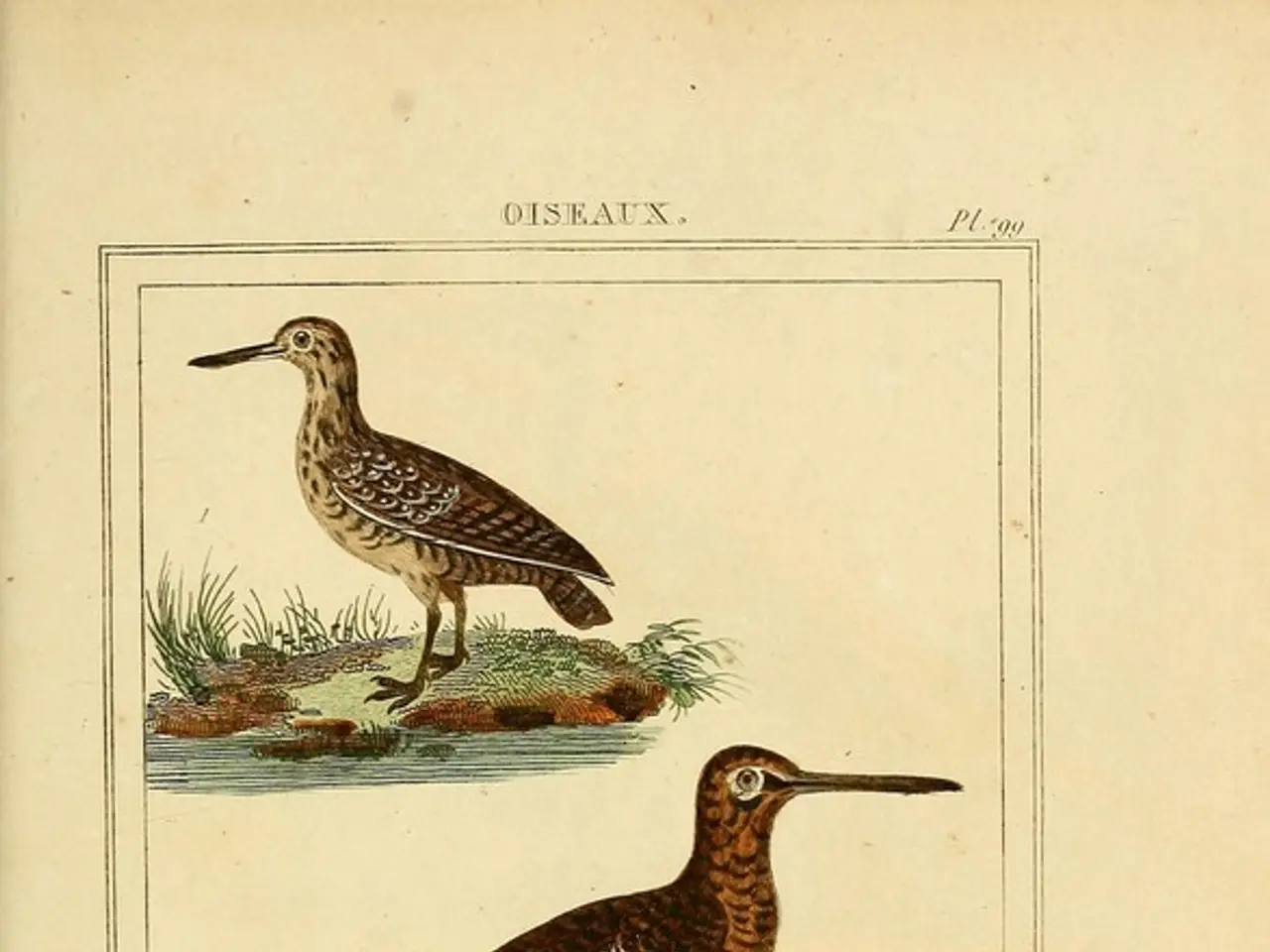Fundamentals of Astrophotography Filters Explored
Astrophotography requires careful consideration of various factors, and choosing the right filters is no exception. In this article, we'll discuss the differences between narrowband and wideband filters, their applications, and the ideal filter sizes for specific camera sensor sizes.
Narrowband vs. Wideband Filters
Narrowband filters and wideband filters serve distinct purposes in astrophotography.
Narrowband filters isolate very specific emission lines, such as Hydrogen-alpha (Hα) at 656.3 nm, Oxygen-III (OIII) at 495.9 and 500.7 nm, and Sulfur-II (SII) at 672.4 nm. This narrow wavelength range allows for capturing faint nebula details with high contrast, even from light-polluted areas. Narrowband imaging typically uses monochrome cameras with filter wheels because each filter requires a separate exposure. The combined images in different narrowband filters can be mapped to color channels later to create detailed false-color images.
On the other hand, wideband (broadband) filters pass a broader spectrum of light and are generally used to capture stars and galaxies. These can be luminance filters or light pollution filters that block common urban artificial light wavelengths but still allow visible starlight. Wideband filters integrate more light and require shorter exposures compared to narrowband.
Monochrome vs. One-Shot Color (OSC) Cameras
For monochrome cameras, narrowband filters are ideal because they maximize contrast and detail by isolating emission lines, and the monochrome sensor collects all photons passing through each narrowband filter during sequential exposures.
One-shot color (OSC) cameras, however, often use wideband filters because the sensor already separates colours via a Bayer matrix, and narrowband filters can reduce the amount of light passed and cause colour balance challenges. Some OSC cameras can still benefit from narrowband imaging using specialized filters, but the effect and workflow differ from monochrome systems.
Filter Sizes for Astrophotography
The best filter sizes for astrophotography depend largely on the sensor size of the camera used to ensure proper coverage without vignetting or light falloff.
- Full-frame sensors (e.g., 36mm x 24mm sensor like the ASI6200 Pro) generally require 2-inch (50.8mm) square or round filters or larger, such as 3-inch filters, to fully cover the image circle and avoid vignetting. For example, the ASI6200 Pro has a 43.3mm diagonal sensor, so filters at least 50mm in size are recommended for clean edge-to-edge illumination.
- APS-C and smaller sensors (typically around 22mm to 24mm diagonal) can use smaller filters, commonly 1.25-inch (31.75mm) filters. Cameras with smaller sensors like the QHY miniCAM8 with a smaller pixel size and sensor area might use 1.25-inch or 1.25-inch square filters.
Common Astrophotography Filter Sizes
Common filter sizes for astrophotography include 11⁄4", 31mm, 36mm, 50mm, and 2''. Mounted filters in these sizes come in a threaded housing that can be screwed into a filter wheel or onto the end of some nosepieces or extension tubes. Unmounted filters (metric-sized) can only go into a filter wheel.
Specialised Filters for OSC Cameras
OSC cameras often use multi-band narrowband filters, such as Optolong L-Ultimate and Antlia ALP-T Hα & OIII, which have 3nm and 5nm bandpasses around Hα and OIII wavelengths respectively. On OSC cameras, it can be challenging to distinguish Hα and SII since they are both red, and OIII and Hβ, which are both in the blue. Quad-band filters for OSC cameras, like Optolong L-Quad and Antlia Quad Band, pass Hα, OIII, SII, and Hβ wavelengths.
Investing in larger filters and filter wheels at the start can help avoid having to buy a whole new set of filters later. Narrowband filters are excellent for imaging nebulae under light pollution, while OSC cameras benefit from filters that transmit multiple bands to illuminate red, green, and blue pixels simultaneously.
Conclusion
Understanding the differences between narrowband and wideband filters, and their applications with monochrome versus one-shot color (OSC) cameras, is essential for choosing the right filters for your astrophotography needs. Additionally, filter size should match or exceed sensor diagonal plus optical path considerations to avoid vignetting. Typical sizes are 1.25-inch for smaller sensors and 2- to 3-inch for full-frame sensors. By considering these factors, you can maximise the potential of your astrophotography equipment and capture stunning images of the night sky.
- Narrowband filters, such as Hydrogen-alpha (Hα) and Oxygen-III (OIII), are essential for capturing faint nebula details in astrophotography due to their ability to isolate very specific emission lines, even in light-polluted areas.
- For one-shot color (OSC) cameras that already separate colors via a Bayer matrix, wideband filters are often the better choice because narrowband filters can reduce light pass-through and cause color balance challenges.
- To ensure proper coverage without vignetting or light falloff, the filter size should match or exceed the sensor diagonal of the camera used in astrophotography. For example, full-frame sensors require filters larger than 50mm, while smaller sensors like APS-C can use filters as small as 1.25-inch.




